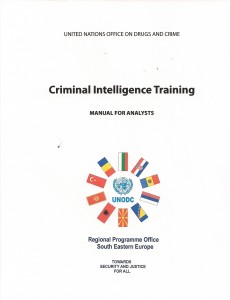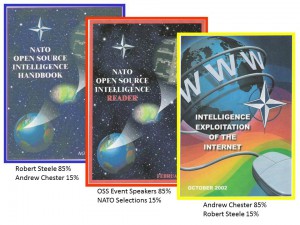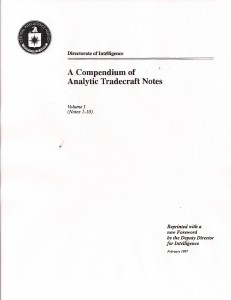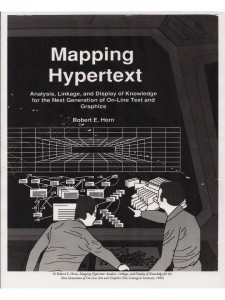We really like this example of mutlinational handbooks, since they were developed using multiple sources (U.S. and other countries), and not restricted, and global in nature….not U.S. centric.


|
2001 |
NATO |
Training | OSS & SACLANT | NATO OSINT Handbook |
|
2002 |
NATO |
Training | SACLANT & OSS | NATO OSINT Reader |
|
2002 |
NATO |
Training | SACLANT | NATO Intelligence Exploitation of the Internet |

PLATINUM Jack Davis, Virtual Dean of US All-Source Analytic Corps
For over three decades, Jack Davis has been the heir to Sherman Kent and the mentor to all those who would strive to be the world’s most effective all-source intelligence analysts. As a Central Intelligence Agency analyst and educator, he combines intellect, integrity, insight, and an insatiable appetite for interaction with all manner of individuals regardless of rank and disposition. He is the most able pioneer of “analytic tradecraft,” the best proponent for the value of human analysis over technical processing, and one of those very special individuals who helped define the end of 20th Century centralized analysis and the beginning of 21st Century distributed multinational multiagency analysis.
Note: Awarded in advance of IOP '07 to celebrate Jack Davis' 50th uninterrupted year as an all-source analyst and mentor to all analysts.
The Compendium is 45 pages in all and consists of a Foreword, Summary, and then ten Notes to Analysts:

Note 1: Addressing US Interests in DI Assessments
Note 2: Access and Crediblity
Note 3: Articulation of Assumptions
Note 4: Outlook
Note 5: Facts and Sourcing
Note 6: Analytic Expertise
Note 7: Effective Summary
Note 8: Implementation Analysis
Note 9: Conclusions
Note 10: Tradecraft and Counterintelligence
NEW: 1990 Expeditionary Environment Regional & Country Summaries
General Al Gray, USMC, then Commandant of the Marine Corps (CMC) created the Marine Corps Intelligence Center (MCIC) at the same time that he created the Marine Corps University (MCU). He was guided by the reality that the larger serices–the Army, Navy, and Air Force–devoted all of their attention to trainng, equipping, and organizing for “Big War” against the Soviet Union and China. He also recognized that there were many strategic assumptions in the Planning, Programming, and Budgeting System (PPBS), including the assumption, by the large services, that they would have lead times for deploying and employing forces abroad.

This is the seminal work in what the author has long named “information mapping.” Posted as a public service with permission of the author, under Creative Commons license. No commercial exploitation is permitted without documented consent of the author.
Book intended to be read two pages at a time. The author suggests printing by the chapter, and then reading with even pages to the left and odd pages to the right, two pages at a time.
Visit the author's HOME PAGE.